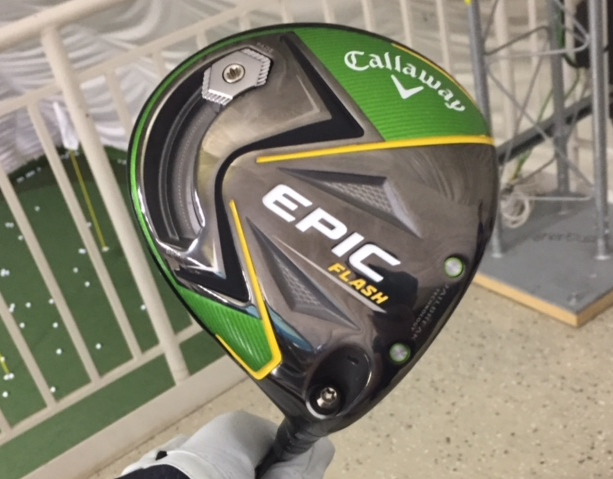Callaway Epic Flash Driver Review
The Callaway Epic Flash driver is a breakthrough in golf club design. Does its performance match the fanfare and build up?
Callaway Epic Flash Driver
The future of design engineering
Every year, club manufacturers tout their newest technology as being not only better than last year’s model, but also the best on the market. The problem is, breakthrough advances in technology come far less often than annually. Year-over-year, little tweaks to club designs usually don’t provide substantial improvements to ball striking, but every 4-5 years, a new idea or new technology is introduced that paves the way for club designs going forward.
A History in Innovation
In 2004, TaylorMade came out with the adjustable weight screws in their R7 Quad, which let golfers alter the center of gravity to tailor their shot shape.
In 2009, Nike’s SQ Dymo 2 Str8-Fit (are those nuclear launch codes?) introduced hosel adjustments to provide eight different face angle and lie settings.
In 2013, TaylorMade unveiled their SLDR driver, allowing golfers to slide a weight based on a golfer’s desire to draw or fade their shots.
I could keep going, but you get the idea. About every 4-5 years, a breakthrough idea is introduced to the golfing world by one OEM, which then gets generally adopted by other OEM’s in a similar fashion going forward, being careful not to infringe on the original patents. Not including the PXG vs TaylorMade fiasco.
Golf’s newest breakthrough idea comes in the form of Flash Face Technology in Callaway’s Epic Flash.The most intriguing part isn’t the actual club design itself, but rather HOW it was designed, and how it likely will change the way golf clubs will be designed in the future.
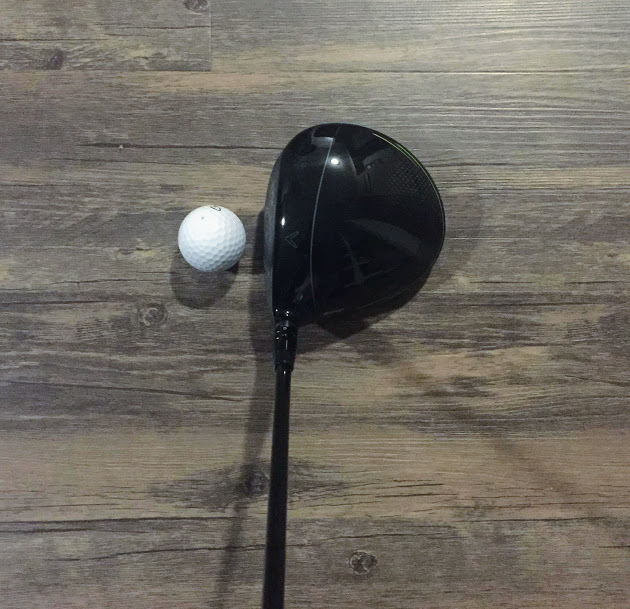
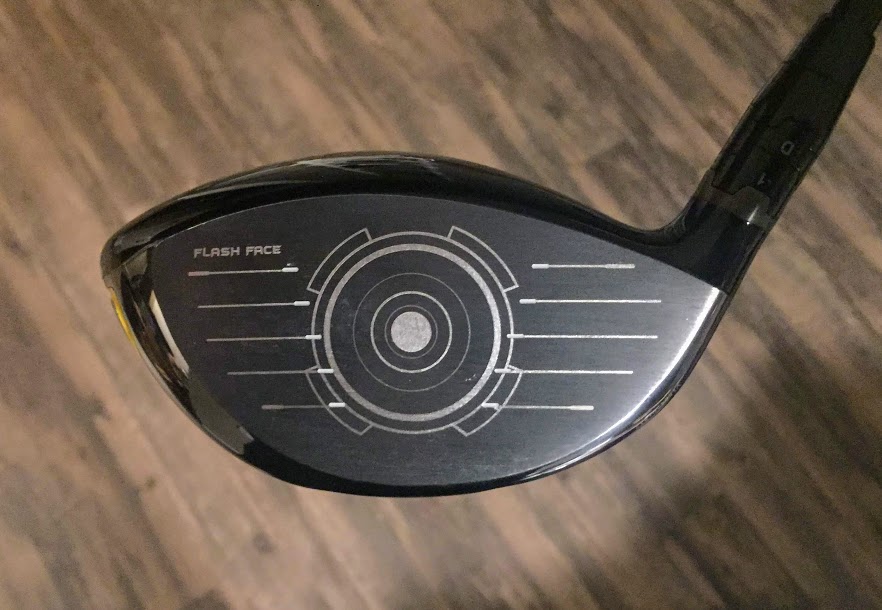
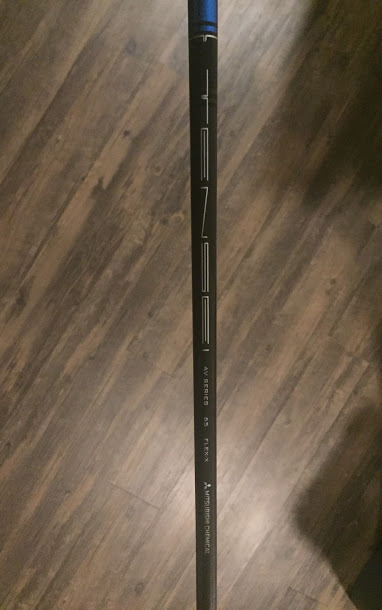
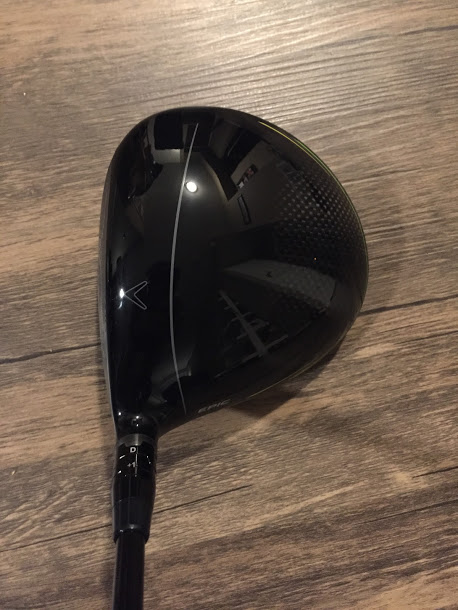
Artificial Intelligence and Machine Learning
I’ll admit, artificial intelligence is starting to scare the bejesus out of me with every YouTube video I see of robots doing backflips and opening doors. Terminator 2 is looking more like science non-fiction every waking day. Seriously, the stuff of nightmares.
But I think we have finally come across a use for AI that every golfer (and human) can get behind, and I believe Callaway has paved the way by using it to design golf clubs.
The engineers at Callaway programmed a super-computer with machine learning to analyze and test 15,000 different face iterations for the Epic Flash to optimize launch conditions. Not five… not six… not seven... fifteen thousand. The winning result is a wildly unconventional face design that almost resembles ripples of water centered around the point of impact.
Now that artificial intelligence has been introduced to perfect the club face design, it will likely change the way other OEM’s approach their club designs with their research and development teams.
Results
I have to admit, I have not been able to hit a driver consistently in what feels like years. My current driver came out maybe 5 years ago, which in golf years may as well be about 15 years. It has weighted screws that can be adjusted to fit my golf swing, with a shaft I was fitted for. It’s a solid club; I just felt I was still leaving something on the table.
Well, the first ball I hit with this club, I immediately turned back to the Golf Unfiltered OG (Adam), and we both had the same reaction. Oh… shit… this thing is HOT! The shot felt great, looked great, and sounded extremely solid. Below are the average numbers compared to my 5 year old driver:
For my game, that is pretty significant improvement because I thought I was near maxed on distance, give or take a few yards. But the number that really sticks out to me is the smash factor difference. Basically saying with the same swing speed, the ball will jump off the club face faster, which is a testament to the club design.
Overall Impression
There are plenty of websites that run the numbers through the gamut, comparing all the new drivers. If you’re basing your next driver decision solely on those numbers and those tests, be my guest. What is optimal for one golfer is far from ideal for the next. But one thing I was curious about was how often golfers replace their drivers, and I went to Twitter to test the waters.
To me, this says most golfers will replace their driver when a new idea or technology is introduced that really catches their eye from a performance aspect. 77% of golfers are swinging a driver that is at least 3 years old. If you are one of them, and wonder whether it’s time to upgrade to the newest technology, the answer is: probably to very likely.
Now, whether or not shelling out $500+ for the upgrade is worth the uptick in performance (or even within your budget) is another question. But if you are serious about your golf game and looking to take the next step, seeing a club fitting specialist should be at the top of your to-do list.
And the first driver you should test is the Callaway Epic Flash.
Matt Hackett is a former collegiate golfer and equipment reviewer for Golf Unfiltered.
Callaway Announces Big Bertha Alpha 815 Fairway Wood and Hybrid
Kicking off the new year with a bang, Callaway Golf announced their new Big Bertha Alpha 815 fairway woods and hybrids on Friday. Players will be able to adjust spin and trajectory on the fairway woods while the new hybrid series promises increased distance.
Big Bertha Alpha 815 Fairway Woods
The Big Bertha Alpha 815 Fairway Woods are designed for ball speed and forgiveness at every impact location, especially on misses low on the face, from a Forged Hyper Speed Face Cup. They also have adjustable weights (3g and 30g) that can be used to move the weight forward for a low spinning ball flight that’s great off the tee, or to move the weight back for higher launch and more forgiveness.
Big Bertha Alpha 815 Hybrids
The Big Bertha Alpha 815 Hybrids focus on a more controlled, penetrating trajectory for better players, along with ball speed all across the face and loft and lie adjustability. The compact head shape also has less offset for a look that’s preferred by better players.
Big Bertha Alpha 815 Fairway Woods are $299 each, and Big Bertha Alpha 815 Hybrids are $249 each. They will be available at golf retailers nationwide and on www.callawaygolf.com on January 16, 2015.
REVIEW: Callaway Apex Irons
Everybody knows that Callaway Golf has been an industry leader in golf equipment for decades. While they are usually best known for making incredible drivers providing you more distance off the tee, their new Apex irons put Callaway squarely into the forefront of high quality iron sets. I’ll admit that I’m a little late to the party when it comes to testing the Callaway Apex irons (they were released back in December 2013), but sometimes good things come to those who wait. After just one driving range session testing these clubs, I can safely say the Callaway Apex irons are the best clubs I have ever tried. Period.
FIRST, The Boring Technical Stuff
Made with what Callaway is calling an “ultra hot face”, the Apex irons launch your golf ball in a penetrating ball flight that gets up into the air quickly without ballooning. These clubs were built for distance and forgiveness while packaged nicely into a forged clubhead that low-handicap players will appreciate. Each iron’s loft is also a tad stronger than standard, which again nods toward the “distance iron” category.
The Apex’s also feature a cavity back clubhead with a little extra meat directly behind and beneath the sweet spot. This aides in both forgiveness and getting the ball airborne. Me likey.
Feel and Appearance
The Callaway Apex irons look like a player’s club that isn’t afraid to show it’s forgiving qualities. The clubhead is slightly larger than what you see in most blades; however the top-line is still thinner than other game improvement irons. The black engraved Callaway logo looks great against the polished steel clubhead exterior. There is minimal (if any) offset in the irons, which should appeal to better players.
As far as feel, these irons cut through the turf like a hot knife through butter. The golf ball explodes off the face with a soft feel at impact and a sound that forged club-lovers will drool over.
Performance and Forgiveness
Did I mention these clubs were built for distance? I was amazed at how far I was hitting these clubs, especially when compared to my cast blades. The Callaway Apex 6-iron, for example, flew 175 yards on average, which is a huge distance for me with that club.
What was most impressive to me, however, were the clubs’ forgiveness. I literally could not hit a bad shot with these irons. I tried shots off the toe, the heel, and low on the clubface. No matter where I made contact, I saw minimal loss in distance. It was absolutely amazing.
Why you should but these clubs
To put it simply, the Callaway Apex irons will improve your game if you are a mid- to low-handicap golfer looking for more forgiveness and distance in your iron play. Higher-handicap players can also benefit from the distance boost they’ll experience from these irons
Why you should not buy these clubs
Honestly, I can’t think of a reason other than the price tag. At $1100 retail, the Callaway Apex’s are a bit on the pricey side. But if you are serious about your game and want a set of clubs to last you for a number of years, the Callaway Apex irons should be on your short list.
Not even kidding: these are the nicest irons I've ever hit. Period. @CallawayGolf #apex pic.twitter.com/tvAR5lMNy3
— Adam Fonseca (@ChicagoDuffer) April 20, 2014


